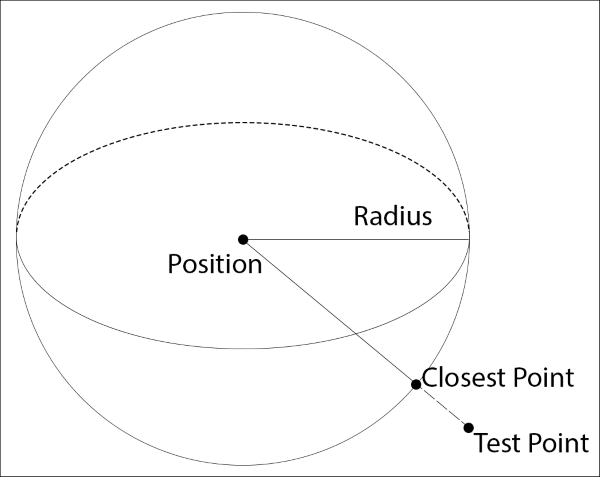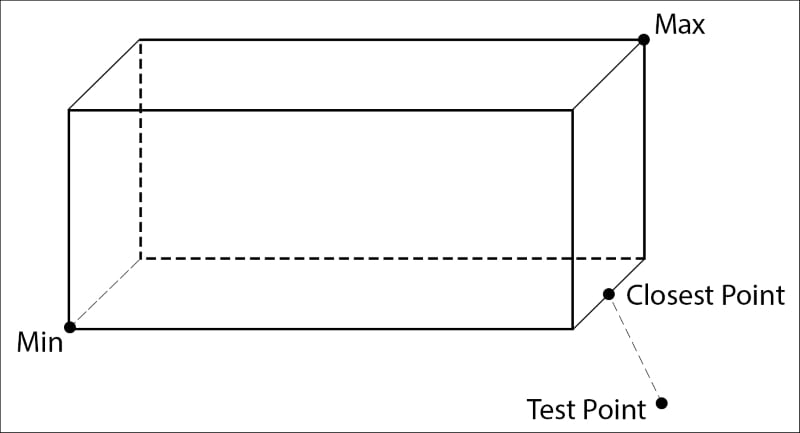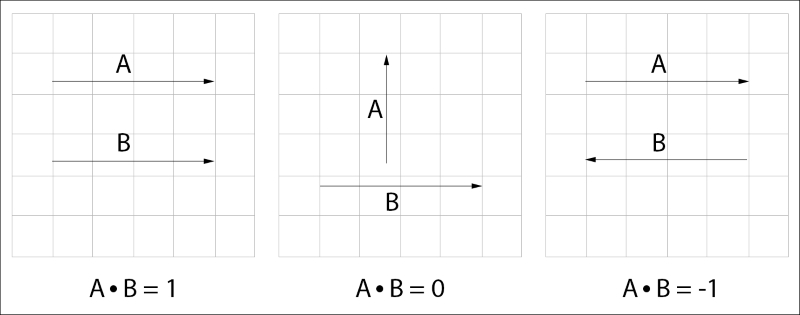Now that we have some 3D primitives defined, it's time to implement some simple point tests for them. In this chapter, we are going to implement the following point-related test functions:
Point contained in sphere
Closest point on sphere
Point contained in AABB
Closest point on AABB
Point contained in OBB
Closest point on OBB
Point on surface of plane
Closest point on plane
Point on line segment
Closest point along line
Point on ray
Closest point along ray







